Fall 2025 Research Studios take students from New Orleans to New Delhi and beyond

September 5, 2025
BY Emily Capdeville
Each semester, architecture students enroll in a studio course, meant to build foundational knowledge and encourage exploration and discovery. As they progress through their degree program, students have the opportunity to enroll in advanced research studios to bridge their technical skills and knowledge of theory with hands-on practice. Drawing on the wide-ranging research agendas of the School of Architecture and Built Environment’s faculty, these studios challenge students to turn their ideas into action, creating tools for innovation and change, while working toward the production of scholarly outputs right alongside their professors.
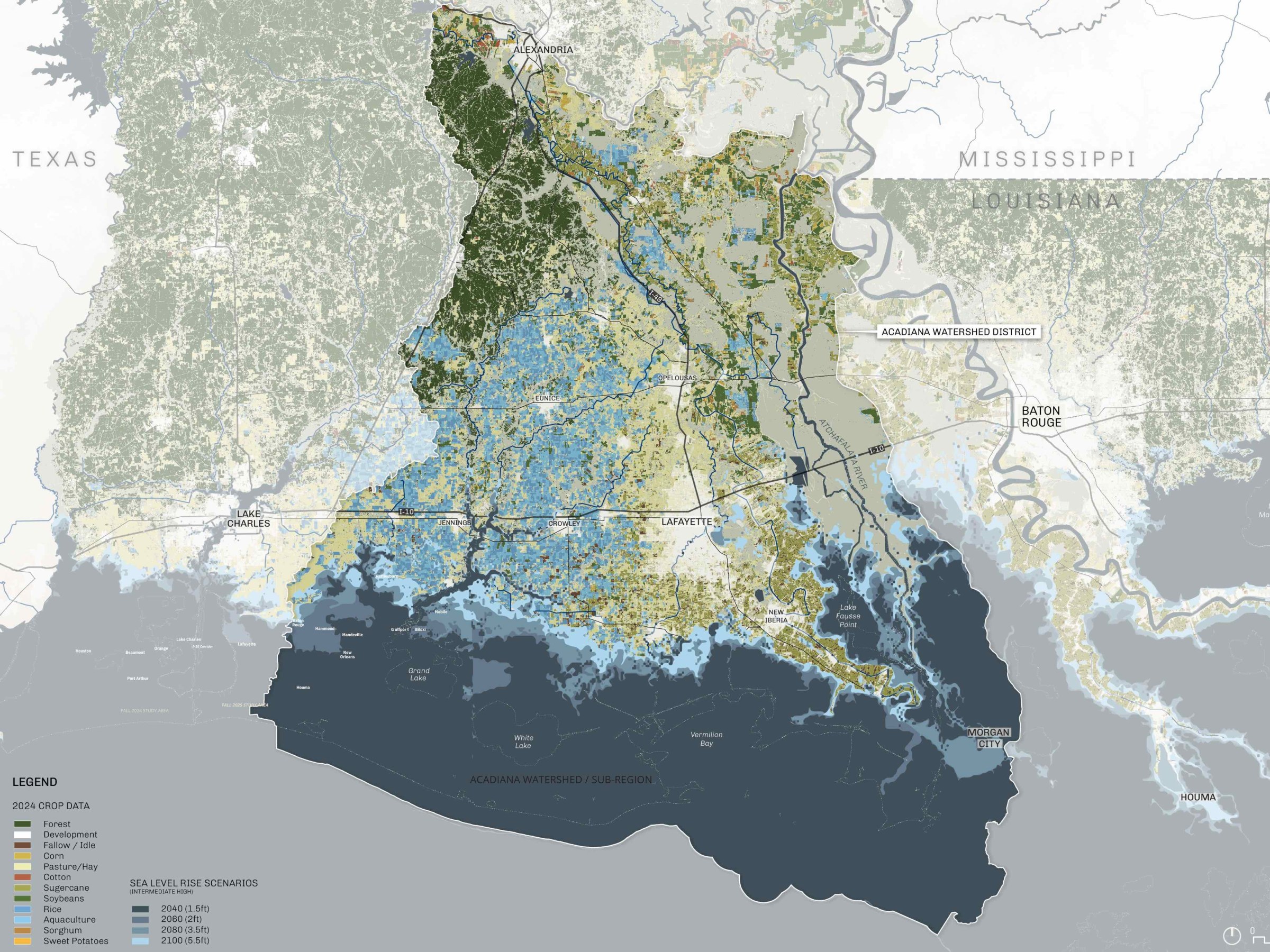
Students in both undergraduate and graduate programs select from a collection of these research studios, which run the gamut from traveling to Switzerland to study regenerative architecture to exploring agricultural realities in the rural reaches of southern Louisiana. The studios blend theory, design, and real-world application, creating an experiential course for students to use their education to grapple with pressing environmental, social, and urban issues. Whichever studio a student takes, they will work alongside their professors as they wrestle with many of the major contemporary problems facing populations around the world.
While research studios have always been guided by faculty interests, the offerings have become more varied and far-reaching. At the beginning of the fall 2025 semester, students gathered in the newly renovated Richardson Memorial Hall to hear presentations about each of the seven available studios. The faculty took turns sharing information about each offering so that students could identify their interests and rank their choices.
All of these research studios are designed around the ongoing research interests of the faculty, deeply integrated with projects that they themselves are pursuing. Some of these studios are grounded right in Tulane’s backyard, whereas others are engaged in work much further afield. In both cases, the studios involve travel, community engagement and direct partnerships with organizations and local governments so that students not only learn in the studio but also work in the field.
“Local” Studios
Four of the Fall 2025 studios research topics relate to Louisiana and the Gulf Coast region. The Gulf Coast Climate Futures studio, led by Assistant Professor in Landscape Architecture Liz Camuti, uncovers the challenges confronted by Louisiana’s farmers in the face of climate change. Camuti’s own research explores the ways that saltwater intrusion and extreme weather are forcing many farming families to choose between abandoning their ancestral lands or relocating inland. The studio seeks to reframe this forced migration not just as a loss, but as an opportunity, in order to highlight the ways that people in the region have always adapted to their changing circumstances.
Research Assistant Professor Sean Fowler leads the research studio and 2024 GROHE water prize finalist The New Orleans Public Space Project, along with Dean Iñaki Alday. Like Camuti’s studio, this offering also explores the interaction between the natural world and the built environment. In an effort to replenish groundwater to address subsidence and reduce energy use, the studio seeks to redesign local and collector streets, canal corridors and other public spaces to collect, store, and infiltrate water. This reimagining of water in fixed and isolated spaces to multi-functional spaces embedded in the community will integrate New Orleans with water in creative ways.
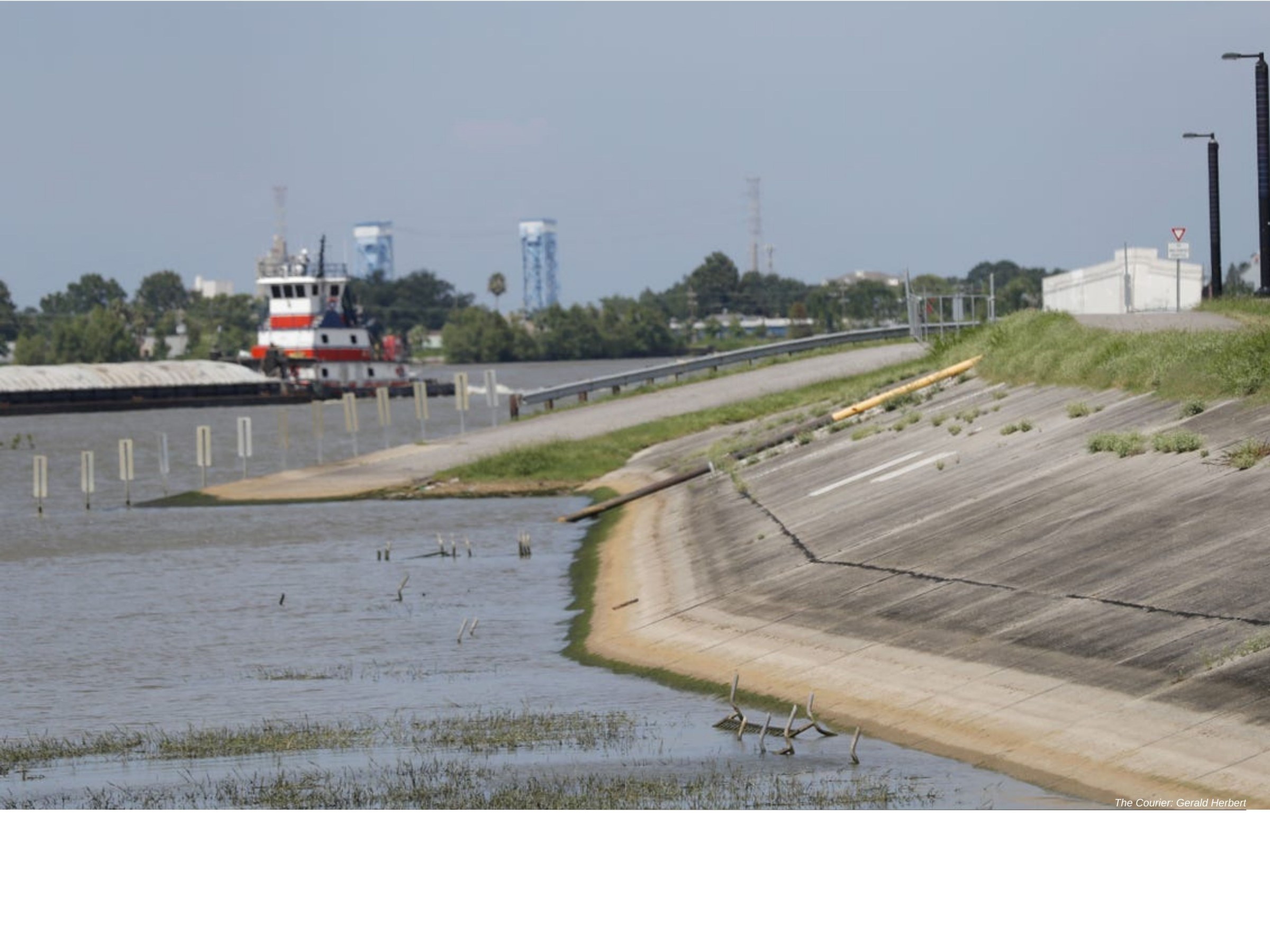
Two other local research studios provide students with design-build experience that has measurable and immediate impacts on New Orleans and its inhabitants. Favrot III Associate Professor of Architecture Emilie Taylor Welty and Adjunct Lecturer in Architecture Ben Derlan, lead the studio, Small Center - Constructs, Carbon, and Community, which is based out of the school's community-design center, the Albert and Tina Small Center for Collaborative Design. The studio combines community engagement with design-build in a one-semester project. This year, the center is partnering with Central City Community Collaborative (C4), which provides fresh healthy food to New Orleans, to build out a Food Hub, an on-site demonstration farm and farmer’s market space that brings the community together around food and farming. In addition to collaborating with stakeholders to design the space, students will also research the carbon footprint of the design in order to inform the decision-making process while sharing findings with the community that will be impacted.
Also in the design-build space is the URBANbuild program. In its 21st year, the program will offer the studio, Phased Community Impact; The Next Chapter, challenging students to envision development strategies for specified project sites and create a phased process of fabrication in order to realize the selected vision. As always, the URBANbuild studio includes comparative analysis of previous URBANbuild construction projects that inform design decisions throughout the fall semester. URBANbuild 21 will provide students with the opportunity to zoom out when considering site development, focused on a cluster of vacant properties in the Ninth Ward neighborhood of the city that may become home to multiple URBANbuild projects.
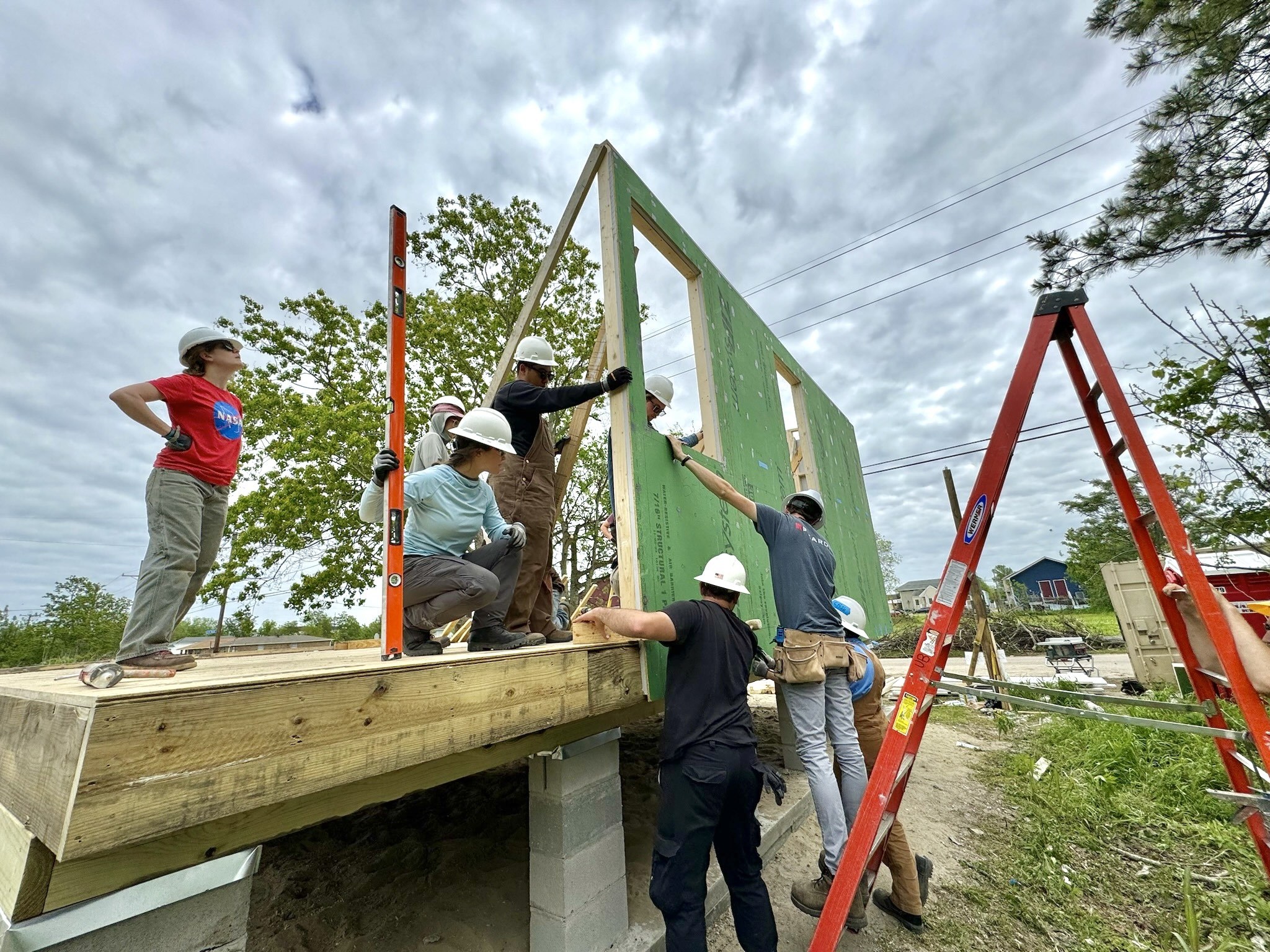
Further Afield
Students also learned about three exceptional research studios which combine classroom learning with a longer-distance educational travel component.

Like other research studios, Assistant Professor of Architecture Sonsoles Vela’s Carbon Budget Zero; Adaptive Reuse studio considers how to integrate climate-awareness into design decisions. The research is guided by a central question: How can we design buildings with a net-zero carbon impact? For Fall 2025, students will focus on adaptive reuse in warm climates, specifically in San Francisco. The project will explore the concept of buildings as material banks, a strategy rooted in lifecycle thinking that reimagines buildings not as end-products but as repositories of reusable components. Through the design of disassembly, cataloging materials, applying reversible construction techniques, and the careful selection of a new palette of carbon neutral materials, the project will progress from a conceptual framework into a detailed proposal for a new adaptive reuse concept that prioritizes sustainability and has zero carbon impact. Utilizing Life Cycle Assessment tools, students will explore how their design and material choices affect each project. Travel to San Francisco will allow students to apply this research to the urban context for which it was intended.
Finally, two Mintz Global Research Studios engage with pressing contemporary questions at an international level, in Switzerland and India. The studio, Appropriation and Modification: Swiss Models of Regeneration of Buildings, Urban Space, and Constructive Technique, led by Associate Professor of Architecture Wendy Redfield, explores the durability and longevity of Swiss architecture, challenging students to examine sustainability in its most holistic sense. A fundamental question of the studio is, Why are certain objects, buildings, urban spaces, and ways of making sustained while others are discarded? By studying the precedents of celebrated Swiss architects like Peter Zumthor and Herzog & de Meuron, students consider models of regeneration that link cultural heritage with climate-conscious design.
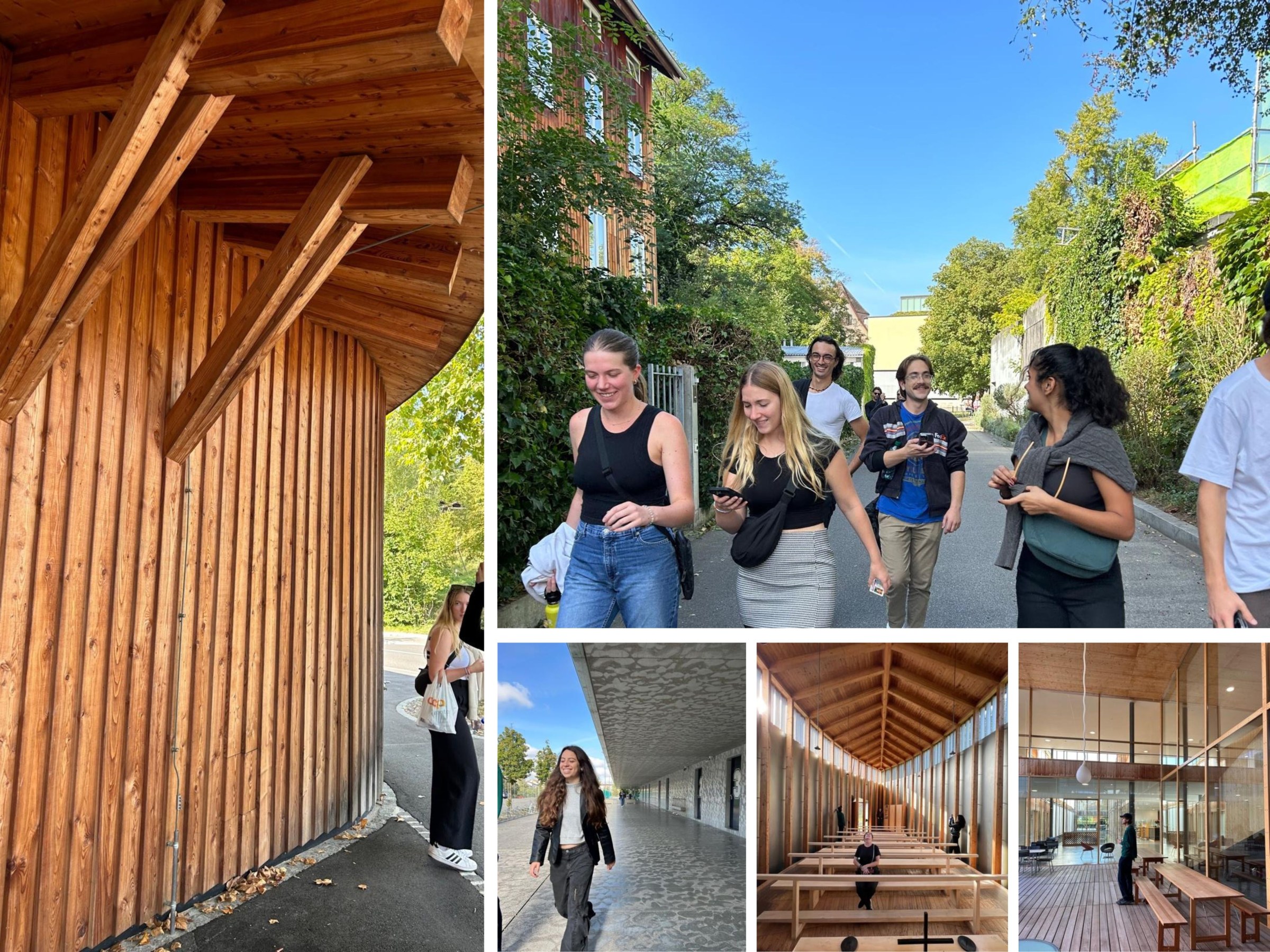
The Yamuna River Project: Re-Centering Delhi, led by Pankaj Vir Gupta, Katz Professor of Architecture and Urbanism, and Research Assistant Professor Jess Vanacek, centers water as its subject of inquiry, like many of the other research studios offered by the school. The project seeks to develop and advance strategies for the ecological recovery of the Yamuna River, one of the most polluted rivers on the planet. Located in the megacity of New Delhi, India, the capital of the largest democracy in the world, the river and its health is emblematic of the myriad challenges faced by the city. The studio explores the intersecting institutions–social, political, economic, cultural–that impact the city’s ability to remediate this major problem.
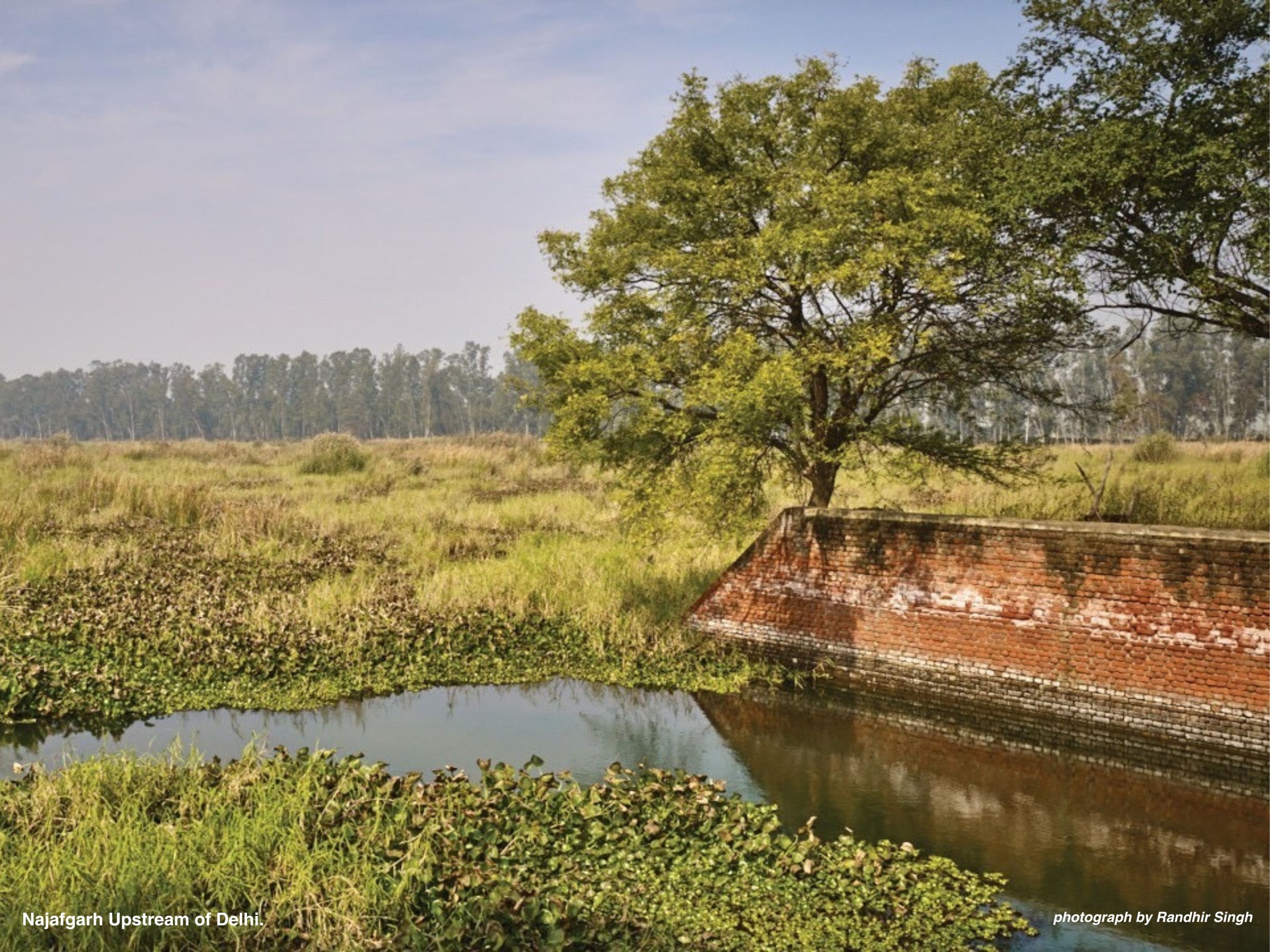
These exciting Fall 2025 offerings continue the multi-year research being conducted by the faculty who lead them. Each year, the studio offerings change based on the phase of research the faculty member may find themselves in. Looking ahead to Spring 2026, two additional studios will once again be offered, the Atacama Desert Project research studio (a Saul A. Mintz Global Research Studio), led by Rubén García Rubio and Cristóbal Molina Baeza and Ecological Tectonics: Architectural Ceramic Assemblies for Climate Adaptation, led by faculty Adam Marcus.
Embedding students in faculty research
Motivated and enriched by the award-winning and validated research studies pursued by the Tulane School of Architecture and Built Environment's faculty, these studios provide students with the opportunity to engage in meaningful research projects with real-world implications. The work undertaken in these courses has garnered recognition in fields ranging from sustainable design to community engagement, underscoring the impact of these studios as a fundamental aspect of the education of well-rounded, experienced graduates. Students benefit directly from the expertise of these faculty members, scholars who are shaping conversations in architecture, design, and sustainability worldwide. The Fall 2025 Research Studios reflect Tulane’s commitment to preparing students as both designers and engaged citizens.
Related
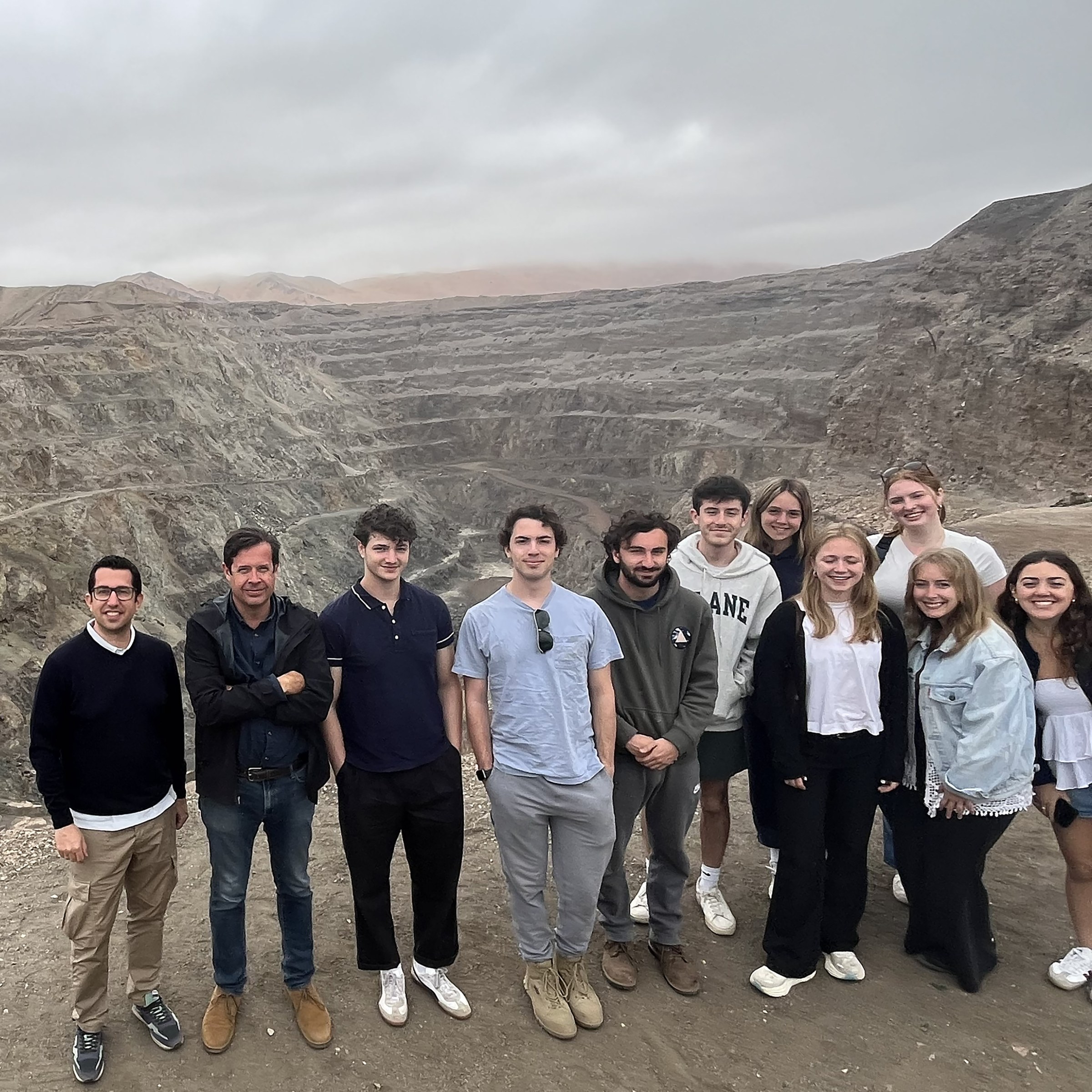
Students visit Chile for the "Atacama Desert Project"
Instructors Rubén García Rubio and Cristóbal Molina Baeza, brought students to Santiago and the Atacama Desert to focus on social, cultural, scientific, and technological projects.
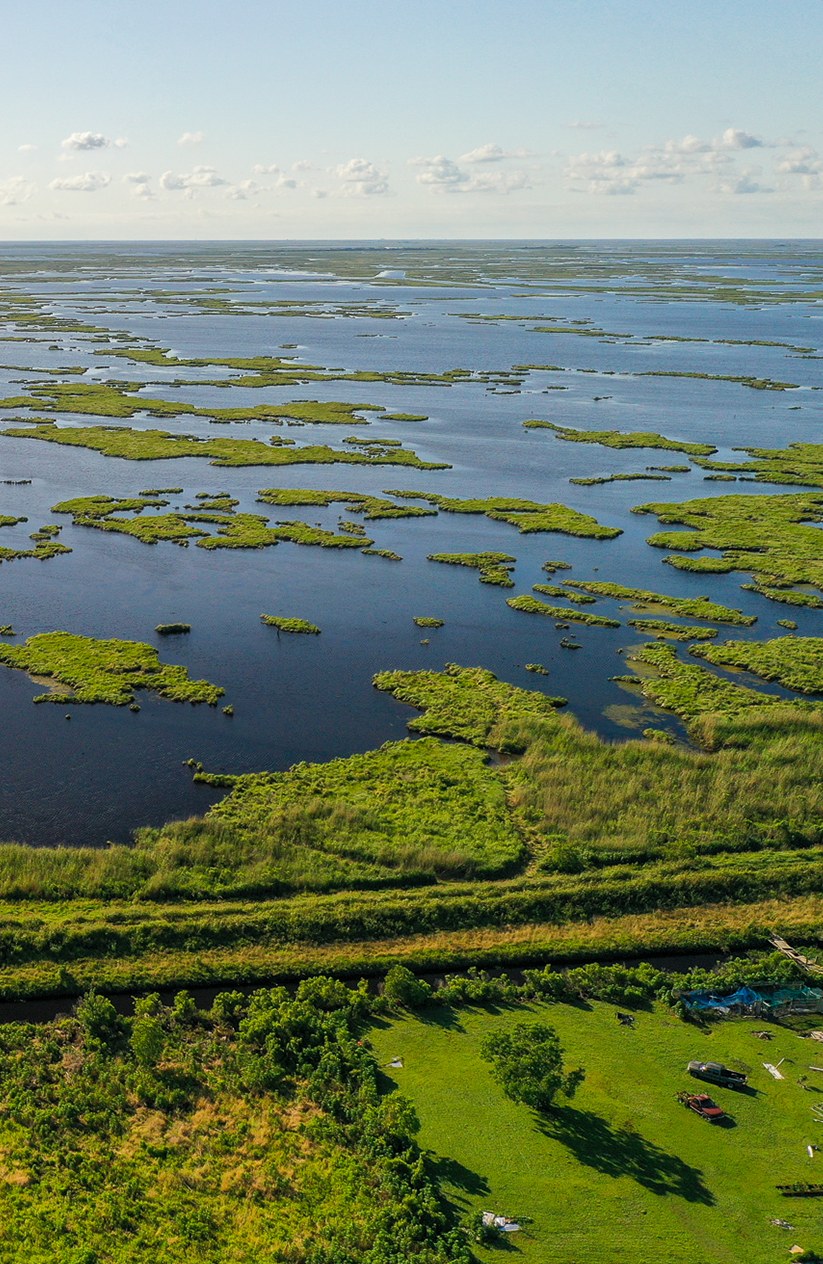
Leah Kahler and Liz Camuti Awarded Grant from 2025 International Landscape Research Fund
The award will support Kahler and Camuti's work documenting the socio-ecological networks of the plant trade in southern Louisiana, examining the diversity of nursery landscapes where plants are grown for publicly-funded coastal restoration projects included in Louisiana's Coastal Master Plan.